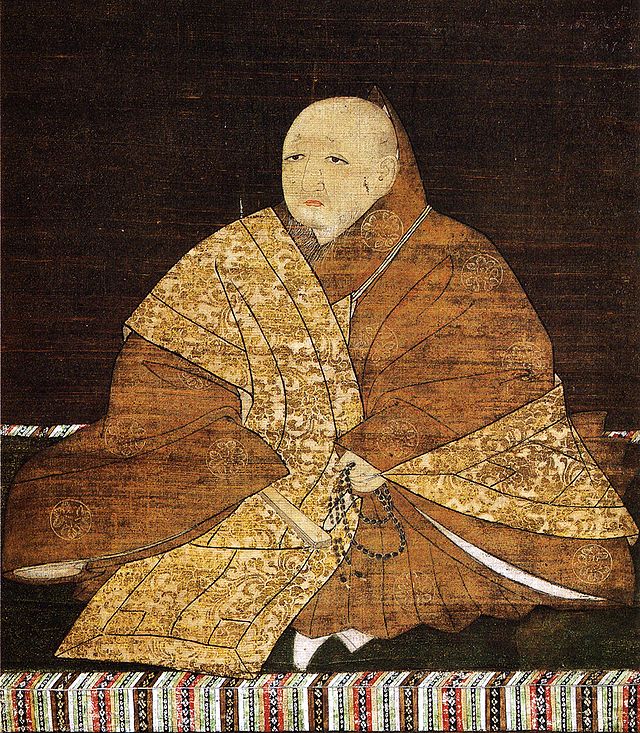Content deleted Content added
Line 34: {{nihongo|'''Ashikaga Yoshimitsu'''|足利 義満||extra=September 25, 1358 – May 31, 1408}} was the third ''[[shōgun]]'' of the [[Ashikaga shogunate]], ruling from 1368 to 1394 during the [[Muromachi period]] of [[Japan]]. Yoshimitsu was [[Ashikaga Yoshiakira]]'s third son but the oldest son to survive, his childhood name being Haruō ({{lang|ja|春王}}). Yoshimitsu was appointed ''shōgun'', a hereditary title as head of the military estate, in 1368 at the age of ten; at twenty he was admitted to the imperial court as Acting Grand Counselor (''Gon Dainagon'' {{lang|ja|権大納言}}). In 1379, Yoshimitsu reorganized the institutional framework of the Gozan Zen {{lang|ja|五山禅}} establishment before, two years later, becoming the first person of the [[Samurai|warrior]] (samurai) class to host a reigning emperor at his private residence. In 1392, he negotiated the end of the [[Nanboku-chō period|Nanboku-chō]] imperial schism that had plagued politics for over half a century. Two years later he became Grand Chancellor of State (''[[Daijō-daijin| Retiring from that and all public offices in 1395, Yoshimitsu took the tonsure and moved into his Kitayama-dono ({{lang|ja|北山殿}}) retirement villa which, among other things, boasted a pavilion two-thirds covered in gold leaf (''Kinkaku shariden'' {{lang|ja|金閣舎利殿}}). There, he received envoys from the [[Ming dynasty|Ming]] and [[Joseon]] courts on at least six occasions and forged the terms of a Sino-Japanese trade agreement that endured for over a century. In recognition for his diplomatic efforts (and overt displays of subservience), the Chinese sovereign pronounced Yoshimitsu "King of Japan" (''Nihon kokuō'' {{lang|ja|日本国王}}). In 1407, he set into motion a plan to become " ==Biography== | |||
 Article Images
Article Images